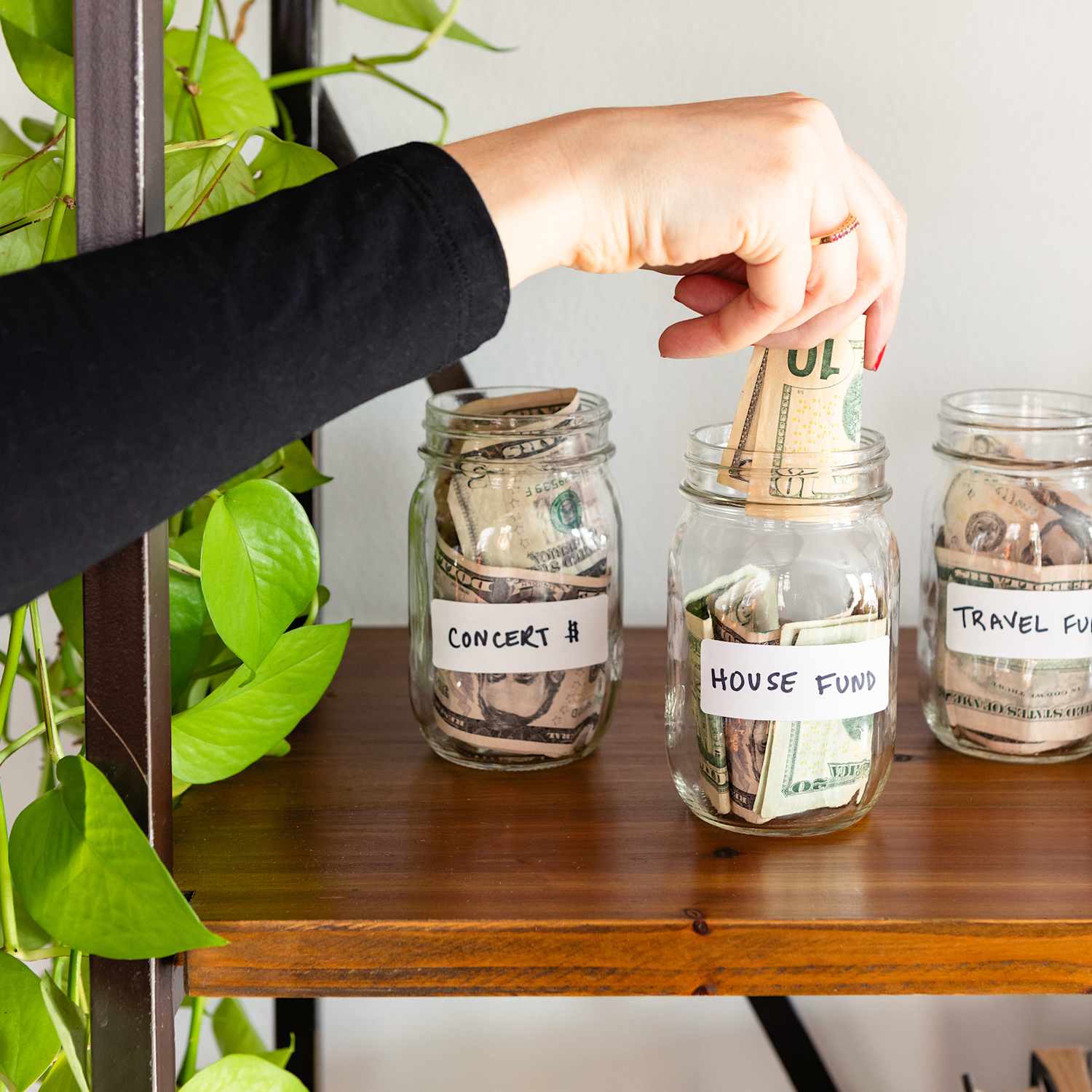Saving money sounds simple—spend less than you earn and put the difference aside. Yet for millions of Americans, building consistent savings feels nearly impossible. Even with a good income, many people find themselves living paycheck to paycheck or dipping into savings for non-emergencies.
Why? The answer lies not just in math, but in psychology. Our emotions, habits, and mental biases play a huge role in how we handle money.
In this article, you’ll discover the psychological barriers that stop people from saving, and practical strategies to overcome them—so you can build lasting financial security.
Why Saving Money Feels Harder Than Spending It
At its core, saving money requires delayed gratification—sacrificing today’s wants for tomorrow’s needs. But human brains are wired for instant rewards.
Here’s why:
1. Instant Gratification Bias
We naturally prefer immediate rewards over future benefits. Spending feels good now; saving feels like missing out.
2. Lack of Emotional Connection to Future Self
Studies show people view their future selves almost like strangers. That makes it hard to prioritize saving for “future me.”
3. Lifestyle Creep (Lifestyle Inflation)
As income grows, spending often grows with it. The bigger paycheck never seems to translate into bigger savings.
4. Decision Fatigue
After making countless small decisions all day, choosing to save (which feels like “giving up” something) becomes harder.
5. Social Pressures and Comparison
From Instagram to TikTok, we’re constantly exposed to images of friends and influencers buying, traveling, and upgrading. This fuels FOMO (fear of missing out) and overspending.
The Emotional Triggers Behind Spending Instead of Saving
Many people spend not because they need something, but because they’re responding to emotions:
- Stress shopping after a hard day
- Reward shopping for a sense of accomplishment
- Boredom spending when there’s nothing else exciting happening
- Emotional void filling, where buying creates a temporary mood boost
Understanding your personal spending triggers is the first step toward making saving feel more natural.
How Your Upbringing Shapes Your Savings Behavior
Your childhood experiences with money deeply affect your current saving habits. Reflect on questions like:
- Did your parents openly talk about saving?
- Was money a source of stress, secrecy, or fear?
- Were you rewarded for spending or saving?
Many adults unconsciously repeat money patterns they learned as children—both good and bad.
Cognitive Biases That Sabotage Savings
Some mental biases commonly interfere with saving:
1. Present Bias
We overvalue immediate benefits and undervalue future gains. This explains why buying lunch out feels worth it now, even if it jeopardizes your vacation fund.
2. Optimism Bias
We believe future circumstances (like a raise or bonus) will bail us out, so we skip saving today.
3. Loss Aversion
We hate losing money more than we love gaining it, making us cling to liquid cash for immediate use rather than lock it into savings.
Practical Psychological Hacks to Save More Successfully
Now that you understand the mental roadblocks, here’s how to trick your brain into saving more:
1. Automate Your Savings
Set up automatic transfers to a separate savings account right after payday. What you don’t see, you won’t miss.
2. Make Savings Visual
Use progress bars, charts, or savings apps that let you track goals visually. Humans are motivated by visible progress.
3. Name Your Savings Accounts
Instead of “Savings Account #2,” label it “Hawaii Vacation Fund” or “Future Home Down Payment.” Emotional connection boosts motivation.
4. Set Micro-Goals
If saving $5,000 feels overwhelming, start with $100, then $500, and so on. Each small win builds momentum.
5. Reward Yourself for Milestones
Plan mini rewards when you hit savings targets (within reason). This satisfies your brain’s need for short-term rewards.
6. Use Behavioral Triggers
Link savings to habits: For example, every time you make coffee at home instead of buying it, transfer $3 to savings.
Reframe Your Thinking Around Saving
Instead of seeing saving as deprivation, reframe it as buying freedom, peace of mind, and future options.
New mindset examples:
- “Saving today buys me flexibility tomorrow.”
- “I’m paying my future self first.”
- “This small deposit is one step toward my big dream.”
Leverage Technology to Stay on Track
Apps like Digit, Qapital, and Chime can automate small daily or weekly savings.
Budgeting tools like YNAB or Mint help track and allocate funds easily.
Even setting calendar reminders for monthly savings check-ins can make a difference.
Final Thoughts: Your Mindset Is the Key to Saving Success
Saving money isn’t just about numbers—it’s about behavioral change and self-awareness. By understanding your psychological barriers and using simple hacks to bypass them, you can build savings habits that last a lifetime.
Remember: It’s not about how much you save today—it’s about creating systems that help you save consistently over time. Start small. Stay consistent. Let time and good habits do the rest.
